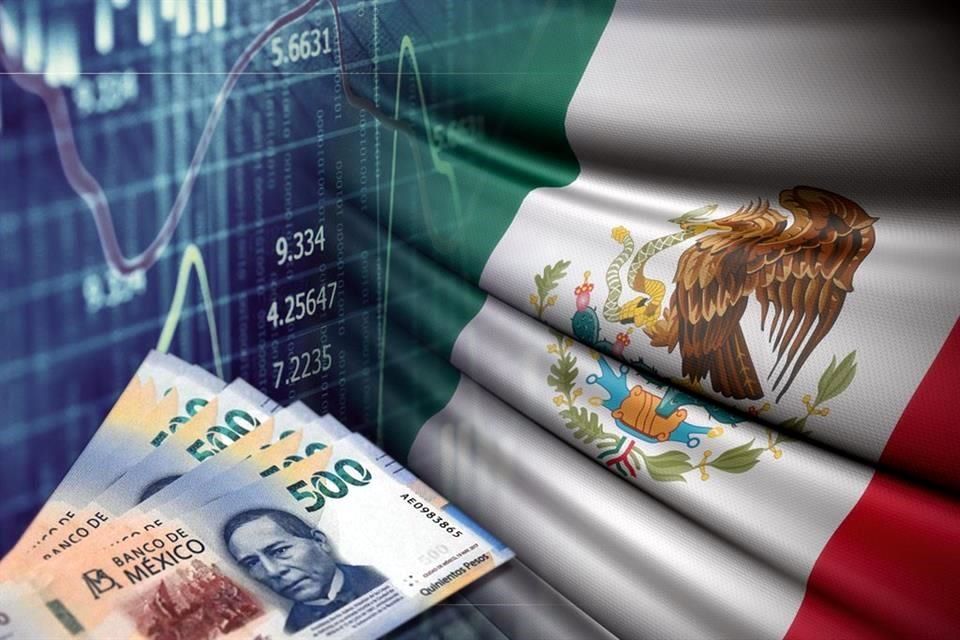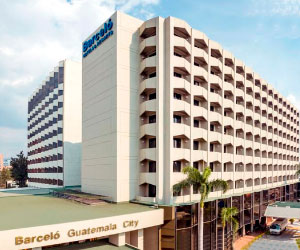Mexico’s economy contracted for a second straight quarter in the last three-month period of 2021, according to official data published on Monday, putting it in a technical recession and joining regional powerhouse Brazil, whose economy fell back into negative territory last year.
Gross domestic product (GDP) in Latin America’s second largest economy shrank in the fourth quarter by 0.1% from the previous three-month period in seasonally adjusted terms, preliminary data published by Mexico’s INEGI national statistics agency showed.
That beat out expectations in a Reuters poll for GDP to contract in the fourth quarter by 0.3%, after the economy declined by 0.4% in the third quarter.
Mexico’s Deputy Finance Minister Gabriel Yorio said Friday that talk of a “technical recession,” defined as two consecutive quarters of contraction, does not take into account coronavirus-related economic volatility and global supply chain issues.
Yorio said that global supply bottlenecks, increased prices for raw materials, and higher costs for ground transportation and sea shipping are weighing on the economy.
“With its weak Q4 outturn, Mexico has joined Brazil in technical recession, an extremely disappointing result that leaves real GDP in Mexico a whopping 4% below its mid-2019 pre-COVID peak,” said Fiona Mackie, regional director for Latin America and the Caribbean at Economist Intelligence Unit.
Brazil’s weakened economy is in danger of sinking deeper into recession this year ahead of October’s presidential election, as anxiety over the vote and steep interest rate rises continue to hurt growth, according to a Reuters poll.
Jonathan Heath, a board member of Mexico’s central bank and one of its most outspoken, jumped into the fray over where the Mexican economy stood at the end of last year.
“The idea that the economy is in a recession because there were two consecutive quarters with a negative GDP rate is a simplification of what a recession is,” said Heath on Twitter.
“If there are two quarters in a row with negative GDP, it increases the possibility that there is a recession, but that is not enough by itself. A recession has to comply with three requirements: depth, duration, and spread. For now, we comply only with duration.”
RECOVERY TO REMAIN SLUGGISH
Moody’s Investors Service analyst Renzo Merino predicted that economic growth in 2022 would be lower than Mexican authorities are aiming for, bearing in mind persistent negative momentum in investment.
“This situation may be repeated in the coming years, generating additional pressure on fiscal accounts in the remainder of (President Andres Manuel Lopez Obrador’s) six-year term, given the possibility of a lower performance of revenues and a growing rigidity in public spending,” Merino said.
Nikhil Sanghani, emerging markets economist at Capital Economics, took a more cautiously optimistic view.
“We doubt that Mexico will remain mired in recession for much longer. Supply shortages appear to be easing which should allow auto production to strengthen while the drag to output from the outsourcing law will soon begin to fade,” said Sanghani.
Sanghani forecast the recovery will remain sluggish over coming quarters, however, weighed down by a recent tightening of COVID restrictions and austere fiscal policy.
INEGI’s figures showed that tertiary activities, which comprise the service economy, contracted by 0.7% in the fourth quarter from the previous three-month period in seasonally adjusted terms.
The decline of “the labor-intensive tertiary sector (is) a reflection of the impact of the recently approved outsourcing law which led to a large decline in services rendered to corporates, businesses,” Goldman Sachs economist Alberto Ramos said in a research note.
Primary activities, which encompass farming, fishing and mining, rose by 0.3%, while secondary activities, which include manufacturing, increased by 0.4%.
The economy expanded by 5.0% for full-year 2021, the data showed, after shrinking by 8.5% in 2020 in what was Mexico’s worst recession since the Great Depression of the 1930s.
“The strong growth in 2021 is more the result of the arithmetic effect generated by the low base of comparison in 2020 and less due to genuine growth derived from productive capacity,” said Alfredo Coutino, head of Latin America analysis at Moody’s Analytics.
GDP grew by 1.0% in the fourth quarter versus the same period a year earlier, data showed. (Reuters)

































